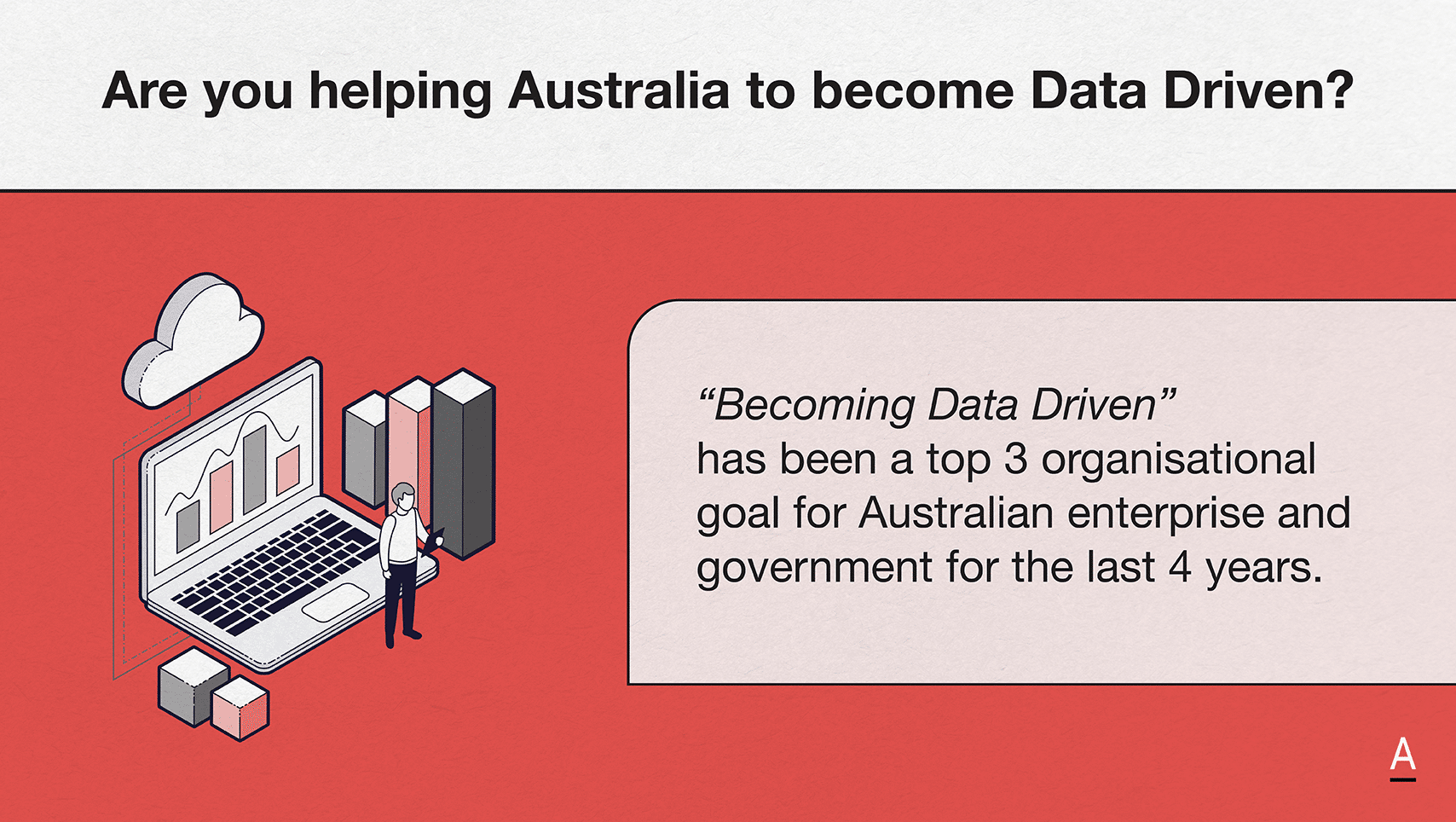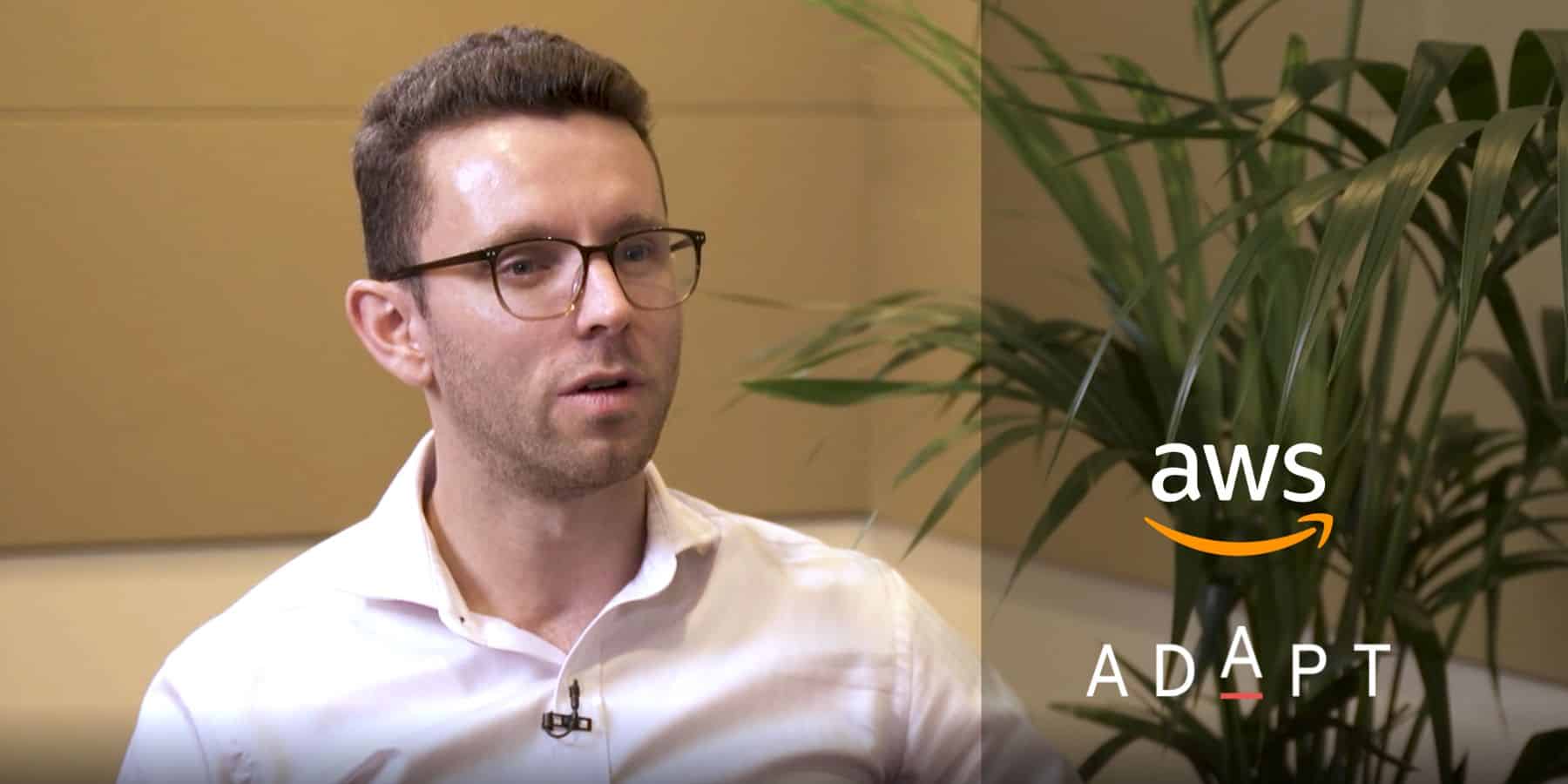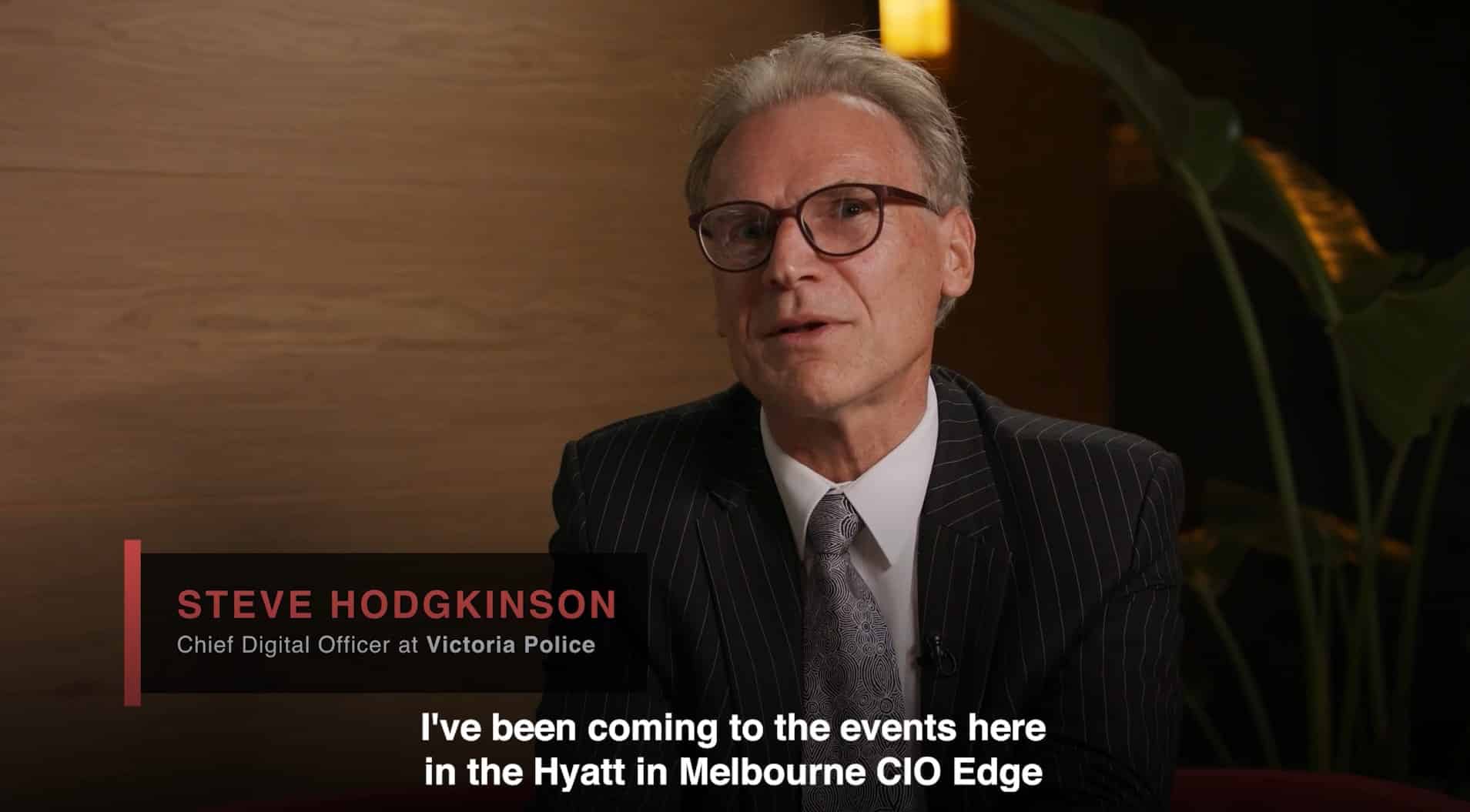Australia is experiencing a dramatic shift in focus as the skills shortage across the country forces CIOs to prioritise talent acquisition and retention over technology initiatives.
Following a survey of 133 Australian Chief Information Officers (CIOs) representing organisations responsible for one quarter of Australia’s GDP, local research and advisory organisation, ADAPT, has today released the results of its 2022 CIO Edge survey.
ADAPT director of strategic research Matt Boon, says, “Amidst the challenges CIOs have faced over the last two years, one positive is the swing of the pendulum away from focus on operations and technology, towards an organisations people, as new ways of working demand different skills and capabilities.”
The purpose of the organisation and its leadership now trumps purely financial outcomes. In fact, this skills shortage amplified by border closures has been perhaps the biggest catalyst we could have wished for in rethinking what good looks like in our organisations.”
According to the survey, a full 86% of Australian CIOs noted a need to acquire and retain top talent as the skills shortage continues.
Cybersecurity, having ranked fourth at the beginning of 2020, is now the second highest business priority for CIOs (83%) as cyber threats grow in number and sophistication. After being the top CIO business priority in February 2020, acquisition and retention of customers has fallen to fifth.
Boon says, “We’ve seen a seismic shift in priorities since the beginning of 2020, when customer acquisition – retention was the CIOs #1 business priority, and sourcing the right talent barely rated a mention. Businesses understand that without the right digital infrastructure in place, they’ll struggle to win and keep customers.
On hybrid work, 32% of employees are heading into the office twice per week, while just 2% of employees are back in the office full-time.
As 73% of CIOs say their workforces are currently working from home, 53% expect to continue the practice in 2023 despite ongoing challenges to the hybrid work model.
The top challenges to effective hybrid work included difficulties with team bonding and finding a sense of purpose (59% of respondents), digital fatigue among employees (47%), challenges sharing ideas across the enterprise (40%), and a lack of ability to innovate (37%).
Boon says, “Despite their best efforts, digital leaders still have a long way to go when it comes to optimising the future workplace. Those securing top talent aren’t limiting their focus to salaries, or when or where work is done, but are instead providing meaningful work for their teams and removing the barriers to how it’s done.”
Development of in-house talent remains high on the to-do lists of CIOs in light of the skills shortage, with staff upskilling and training quoted as the top investment priority of CIOs (65% of respondents), as well as leadership development (64%), IT culture development (60%), cybersecurity awareness programs (56%), and workflow automation (52%).
According to Boon, “To increase productivity and leverage the post-COVID-19 boom, companies need to adopt emerging technologies, but are being held back by a lack of technical know-how and low levels of digital and cybersecurity literacy from the boardroom running all the way through an organisation.
CIOs are right to prioritise the development of their organisations digital savviness, as the success of new initiatives in the future depends upon their teams ability to execute in 2022.”
Behind competing business priorities, a lack of skills has been revealed as the most significant internal barrier to IT projects in Australia. In identifying talent shortfalls, CIOs noted a shortage of data architects (50% of respondents), cloud configuration expertise (47%), data scientists (44%), full-stack developers (43%), system integration specialists (42%), AI experts (41%), and cybersecurity experts (41%).
The researchers conclude that while the skills shortage is nothing new, such a prolonged lack of much-needed expertise in emerging areas has meant CIOs are now looking inward to identify resources that have the ability to lean into them, while leveraging technology to free up these resources.





















